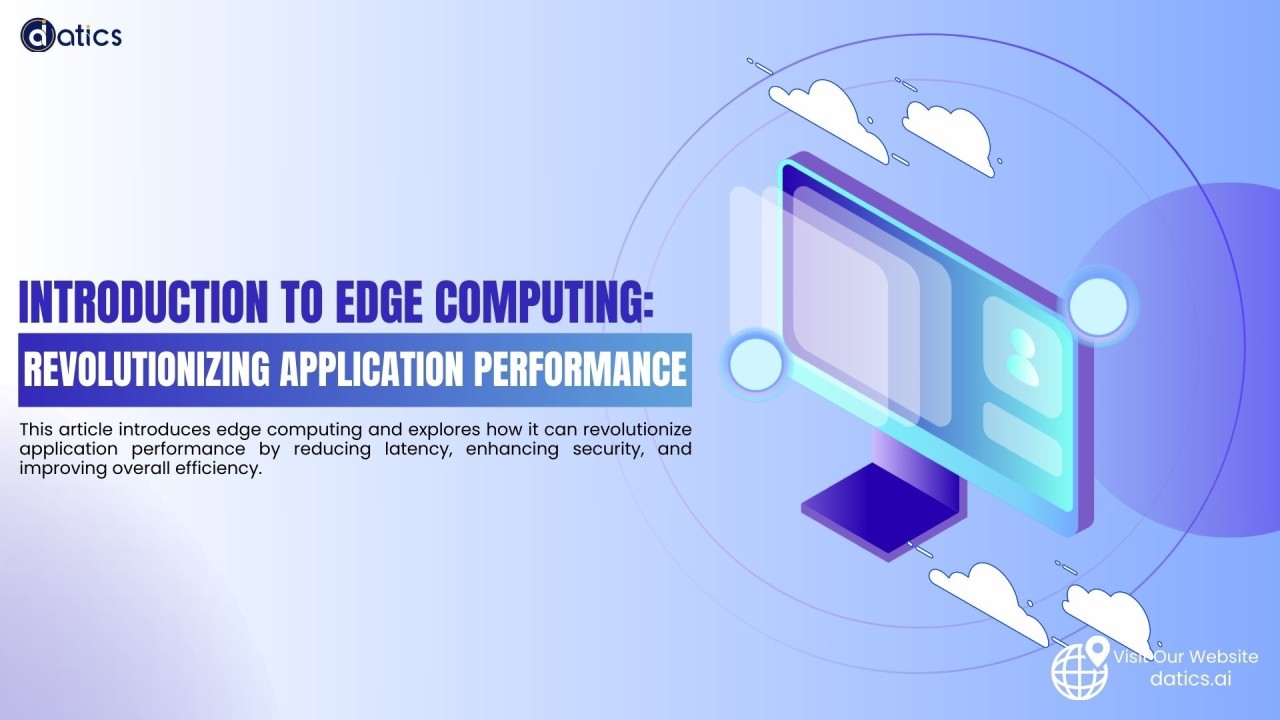
Introduction to Edge Computing: Revolutionizing Application Performance
Edge computing is transforming the way we design and deploy applications, offering a new paradigm that brings computation closer to the data source. This article introduces edge computing and explores how it can revolutionize application performance by reducing latency, enhancing security, and improving overall efficiency.
What is Edge Computing?
Edge computing refers to the practice of processing data near the data source, at the "edge" of the network, rather than relying solely on centralized cloud servers. This approach minimizes the distance that data must travel, leading to faster processing times and reduced latency.
Benefits of Edge Computing
领英推荐
Use Cases of Edge Computing
The Future of Edge Computing
As more devices connect to the internet and generate vast amounts of data, the need for edge computing will continue to grow. This technology will play a critical role in enabling faster, more efficient applications across various industries.